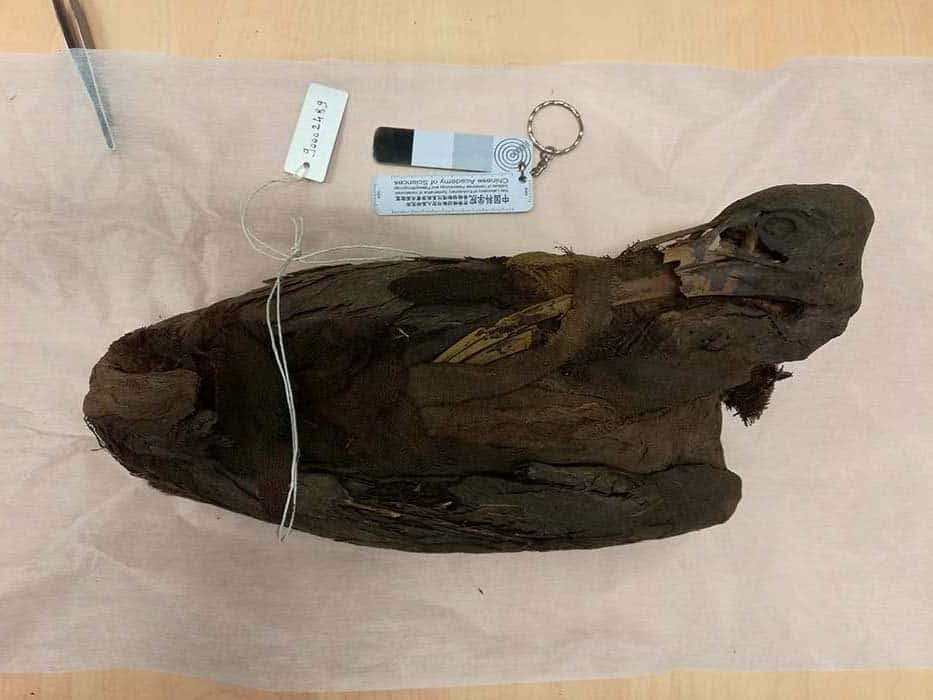Torn from the sky
we clipped your wings
to buy safe passage;
broken bodies
lovingly preserved
with a tenderness
denied in flight.
We stole shadows
from the sky
then forgot the
trickery of our theft;
net traps replaced
with industrial mistruths
of animal husbandry.
Chemical fingerprints
unmask our guilt;
your faded signature
painting vibrant scenes
of distant lands
beyond the reach
of our vapid palette.
Stolen from wild
and wandering dreams
to lie grounded
in stony chapels;
your withered remains
tied now and for ever
to our restless sleep.

This poem is inspired by recent research, which has found that millions of wild birds were once sacrificed to Ancient Egyptian gods.
The widespread use of mummies as offerings to the Ancient Egyptian gods of Horus (depicted as a falcon) and Thoth (depicted as an ibis) led to the production of millions of bird mummies, which have been found in at least 38 catacombs across the Nile Valley. However, the origin of these birds has remained unknown. For some tamed species, such as the cat, breeding was probably the most efficient way of supplying large numbers of animals for mummification. However, unlike cats, the bird mummies that have been discovered cover all stages of development, from egg to adult, indicating that they may have been caught in the wild rather than bred in captivity.
In order to determine the origin of these mummified birds, tiny fragments of feathers, bones, and embalming strips were taken from 20 different samples from the collections of the Confluence Museum, in Lyon, France. If these birds had been bred in captivity, then their diet would have been very homogeneous and of local origin, and their isotopic compositions (i.e. the abundance of certain stable isotopes and chemical elements within organic and inorganic compounds) would be similar to that of coexisting Egyptians who didn’t travel outside of the region. However, the analysis shows that the isotopic compositions of the mummified birds were actually highly varied, and significantly different to that of the humans who lived in the region at the same time. This would suggest that rather than being bred in captivity, the birds were wild, migrating seasonally out of the Nile Valley before returning, whereupon millions of them were captured and mummified. These results suggest that there was mass hunting and capture of wild birds in Ancient Egypt. Such behaviour is also documented on the frescoes of certain tombs, meaning that the Ancient Egyptians probably caused significant ecological damage to wild bird populations in the region.
Discover more from The Poetry of Science
Subscribe to get the latest posts sent to your email.
I love this. It’s great to read the poem and then find out about the research. You are doing something wonderful here, bringing poetry to scientists and maybe a bit of science to the poets.
Thank you Eveline! That is very kind, and I do hope so. 😀